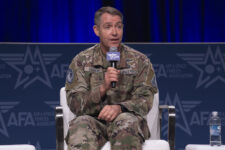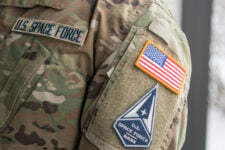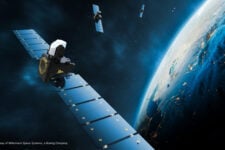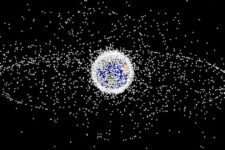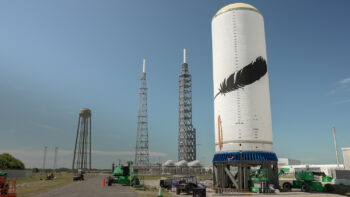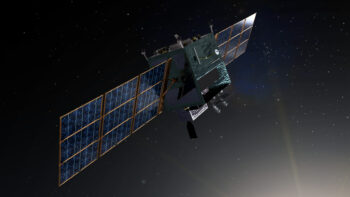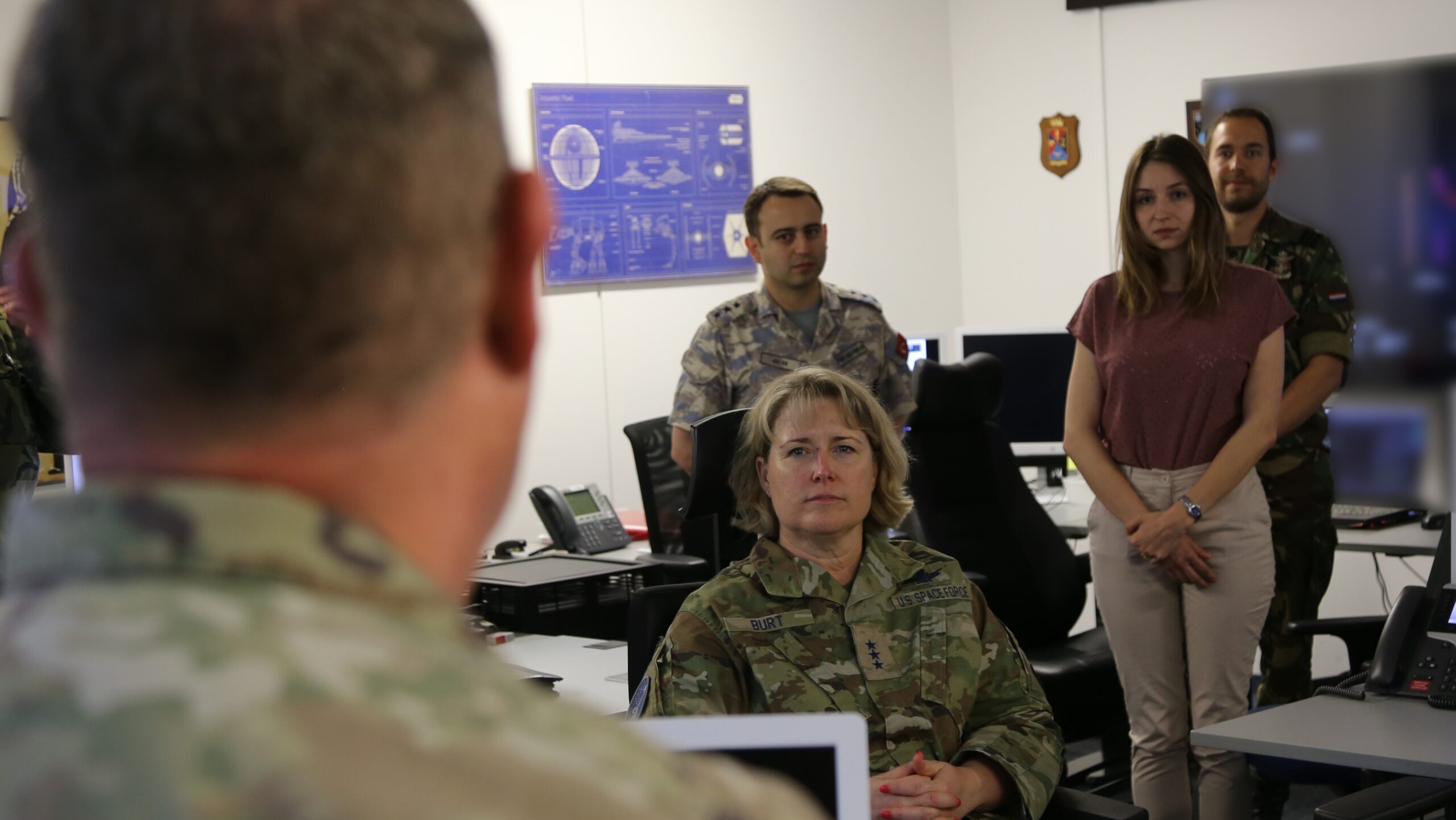
Space Force Lt. Gen. DeAnna Burt (Space Force Courtesy Photo)
WASHINGTON — The Space Force’s new(ish) 75th Intelligence, Surveillance and Reconnaissance (ISR) Squadron’s key mission is developing portfolios of strike options, from across all domains, against adversary space systems for potential use by all US combatant commands, according to a senior service official.
“The 75th is building targeting folders across a space architecture that would include the capability to, from an all domain perspective, take down an enemy capability,” Lt. Gen. DeAnna Burt, Space Force deputy chief for operations, cyber, and nuclear, told the Mitchell Institute today.
The 75th ISR Squadron was officially stood up in August, and is located at Peterson SFB in Colorado Springs, Colo. It sits underneath the Space Force’s Delta 7, along with five other ISR squadrons.
“The goal with the 75th is also part of normalizing as a service with a warfighting domain. Every service has targeting squadrons or targeting elements that focus on targets within their domain,” Burt said.
She explained that the 75th ISR Squadron is looking at not just how to take out enemy satellites on orbit, but also the other dimensions of space systems, including ground facilities and the command and control data links in between.
“So, what I want you to think about is the ground, the satellite or the receiver and the connections either through the electromagnetic spectrum or through cyber or fiber connections. What does that whole architecture look like? And how would you target that capability?” Burt said.
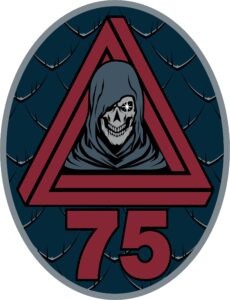 Those digital targeting plans would be crafted according to the Joint Force’s “standardized process” used by all the other services “that include various things that allow you to look at where best to strike and with what types of munitions and what probability of kill,” she elaborated. These target packages are then fed up to combatant commanders, who can decided whether “they want to attack that target network because it’s a threat in their area of responsibility,” and if so, “nominate those targets to a targeting board at the combatant command.”
Those digital targeting plans would be crafted according to the Joint Force’s “standardized process” used by all the other services “that include various things that allow you to look at where best to strike and with what types of munitions and what probability of kill,” she elaborated. These target packages are then fed up to combatant commanders, who can decided whether “they want to attack that target network because it’s a threat in their area of responsibility,” and if so, “nominate those targets to a targeting board at the combatant command.”
Burt stressed that the goal is to enable the Joint Force to find the best solution for eliminating space threats during a conflict.
“Every space target does not require space answer. This is an all-domain fight. So some of these may be action by cyber, kinetic, non-kinetic. There could be bombs on target if they’re terrestrial targets,” she said.
But neither did Burt shy away from the idea that enemy satellites could also be hit by space-based systems, noting that the target packages crafted by the 75th could include effects “from air, land, sea and someday space.”
Further, she explained that the targeting information put together by the 75th ISR Squadron is being fed by data from the Space Force’s space domain awareness sensors, as well as intelligence about threats put together by Delta 7’s 76th ISR Squadron.
The 76th, she said, is “an all source intel unit that’s fusing together intelligence across the board about threats, space threats” — including from adversary signals, human and electronic intelligence gathering about US space systems.
The intel gathered by the 76th ISR Squadron also could be used “by other intelligence entities, or just to better educate us on the way [an adversary system] works,” Burt added.







